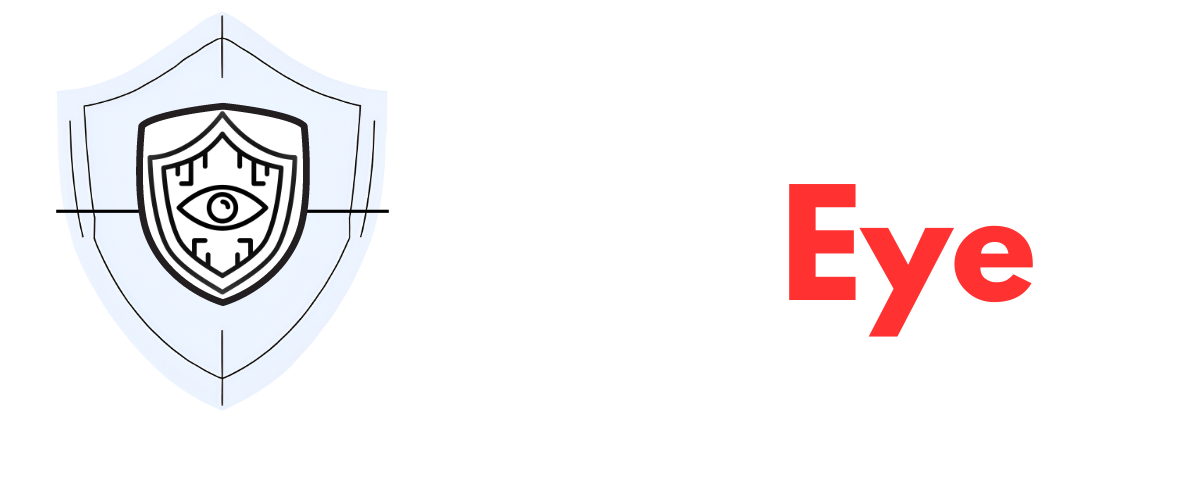Google Alert – Bangladesh Army
In the quiet village of Khanganj, under a corrugated-sheet roof and a faded sign that reads “Union Health and Family Welfare Centre,” Md Russell sits at a wooden desk, pen in hand.
A line of patients snakes outside the door – mothers with feverish children, elderly men clutching stomachs, labourers with swollen limbs.
By 10:00am, he is already seen 40 patients. By noon, it will be 70.
But Russell is not the doctor. He is playing the role of a doctor. He is also the pharmacist. The nurse. The cleaner. The one man army.
And he is the last hope for hundreds who cannot afford to travel to city hospitals.
The forgotten frontline: Union Health Centres in crisis
The Union Health and Family Welfare Centre, often called as the “Union Hospital”, is the only healthcare shelter for rural, marginalised communities in Bangladesh.
In theory, every union (the smallest rural administrative unit) has one, staffed with a medical officer, pharmacists, midwives, and MLSS staff.
But in Rajbari district, that theory is crumbling.
Of the 42 unions in the district, not a single Union Health Centre has a permanent medical officer.
“They are posted, but they don’t stay,” says Chandra Saha, assistant community medical officer, better known as SACMO, at Jamalpur Union Hospital. “They go to upazila or district hospitals on training, transfer, or just… disappear. When they do come, they don’t want to live in the village. So we’re left alone with everything.”
One man, one hospital
Without doctors, the burden falls on Sub-Assistant Community Medical Officers (SACMOs) – diploma holders trained to assist, not lead. Yet here, they are forced to diagnose, treat, prescribe, dispense medicine, and even mop the floors.
“We see 60-70 patients a day,” says Russell. “We give medicine, clean the rooms, sterilise equipment, keep records. And yes, we sweep the hospital too. Who else will do it?”
He pauses.
“It’s not that we mind working. But doing it all alone? It breaks the system. And us.”
“We can’t go to the city. We need help here.”
Inside the dimly lit waiting area, Preeti Dutta, a mother of three, waits with her youngest child, burning with fever.
“We’re poor,” she says. “We can’t afford a rickshaw to the upazila hospital. This is our only option. But there’s no doctor. No proper medicine. We come here hoping, but often leave empty-handed.”
Beside her, Kamrun Nahar, an elderly woman with joint pain, nods.
“They treat fever, cold, headache – nothing more. If I break a leg or have a wound, they send me away. But I don’t have money to go to Rajbari town. We need a real doctor here. We need all kinds of treatment. We need dignity.”
A system running on loyalty, not support
The SACMOs are not just overworked – they are underpaid, underrecognised, and undergrade.
“Our long-standing demand is Grade 10,” says Md Bachchu Molla, SACMO at Mukundia Sub-Health Centre. “The government gives Grade 10 to other diploma holders – lab technicians, engineers. But not to us. And yet, we are the ones keeping rural healthcare alive.”
He laughs bitterly.
“We don’t ask for luxury. Just a fair wage. A little respect. A colleague to share the load.”
Promises from above, suffering below
When asked about the crisis, Dr SM Masud, Civil Surgeon of Rajbari, acknowledges the gap.
“Work is underway to post 14 consultants and 19 medical officers in upazila health complexes,” he says. “Once the upazila level is stabilised, the union hospitals will benefit too.”
He adds: “Medicines are being supplied. We rely on experienced SACMOs and pharmacists to distribute them. For complex cases, we advise referral.”
But to patients like Preeti and Kamrun, “referral” means no treatment at all.
The silent heroes of rural health
There are no ambulances. No specialists. No backup. Just a few dedicated men and women in faded aprons , standing between life and death for thousands. They are not MBBS doctors. But they are doctors in every way that matters.
And until the system sees them as such, until the government fills the posts, honours the grades, and delivers the medicines, the Union Health Centre will remain a hospital in name, and a battlefield in truth.
In Rajbari, healthcare does not start in a city.
It starts in a village.
With one person.
One stethoscope.
And a heart too big for the system that ignores it.

